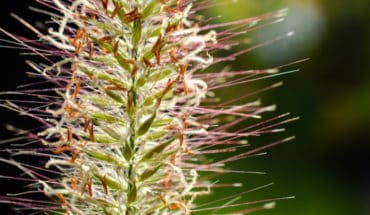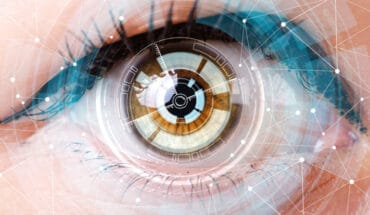Tinnitus, sometimes called “ringing in the ears,” involves hearing a sound that cannot be linked to an external stimulus. In this video, I discuss nervous system mechanisms that might underlie tinnitus.
Tinnitus, sometimes called “ringing in the ears,” involves hearing a sound that cannot be linked to an external stimulus. The nature of the perceived sound can vary in complexity, but common manifestations include ringing, hissing, or sizzling. Prevalence estimates vary, but most studies suggest tinnitus occurs in somewhere between 10 and 15% of the population. Although most cases are manageable, severe cases of tinnitus can significantly impact quality of life. Tinnitus can occur as a symptom linked to a number of different conditions, and thus there is not a single mechanism that can explain all cases. The most common predisposing condition, however, is hearing loss, which is found in up to 90% of patients with tinnitus. The mechanisms underlying tinnitus are not well understood, but it’s thought that hearing loss might be linked to tinnitus in a number of ways. Damage to the cochlea, for example, may lead to increased signaling in other auditory structures to compensate for the reduction in auditory input from the cochlea, and the resultant amplification of neural noise may lead to tinnitus. Additionally, there may be a reorganization in the auditory cortex where neurons that normally respond to frequencies that are missing due to cochlea damage now respond to other frequencies and display abnormal levels of activity. Neuroimaging studies have revealed other potential abnormalities in tinnitus, such as increased activity in the auditory cortex and decreased activity in areas like the prefrontal cortex. The latter may be linked to a failure to inhibit increased auditory signaling. Other studies have found increased activity in regions involved with memory like the hippocampus and surrounding areas. These might be involved with retrieving a sound from memory that becomes the perceived sound in tinnitus. Activation of areas like the anterior cingulate cortex and insula, which are involved in identifying important stimuli, may prevent habituation to the perceived sound in tinnitus. REFERENCES: Baguley D, McFerran D, Hall D. Tinnitus. Lancet. 2013 Nov 9;382(9904):1600-7. doi: 10.1016/S0140-6736(13)60142-7. Epub 2013 Jul 2. PMID: 23827090. Elgoyhen AB, Langguth B, De Ridder D, Vanneste S. Tinnitus: perspectives from human neuroimaging. Nat Rev Neurosci. 2015 Oct;16(10):632-42. doi: 10.1038/nrn4003. Epub 2015 Sep 16. Erratum in: Nat Rev Neurosci. 2015 Nov;16(11):700. PMID: 26373470. Shore SE, Roberts LE, Langguth B. Maladaptive plasticity in tinnitus–triggers, mechanisms and treatment. Nat Rev Neurol. 2016 Mar;12(3):150-60. doi: 10.1038/nrneurol.2016.12. Epub 2016 Feb 12. PMID: 26868680; PMCID: PMC4895692.
- HPV Vaccine’s Effectiveness Remains High Amidst Uptake Concerns - 26th April 2024
- Global immunization has saved at least 154 million - 26th April 2024
- Top Tips To Detox Your Mind and Body - 26th April 2024





